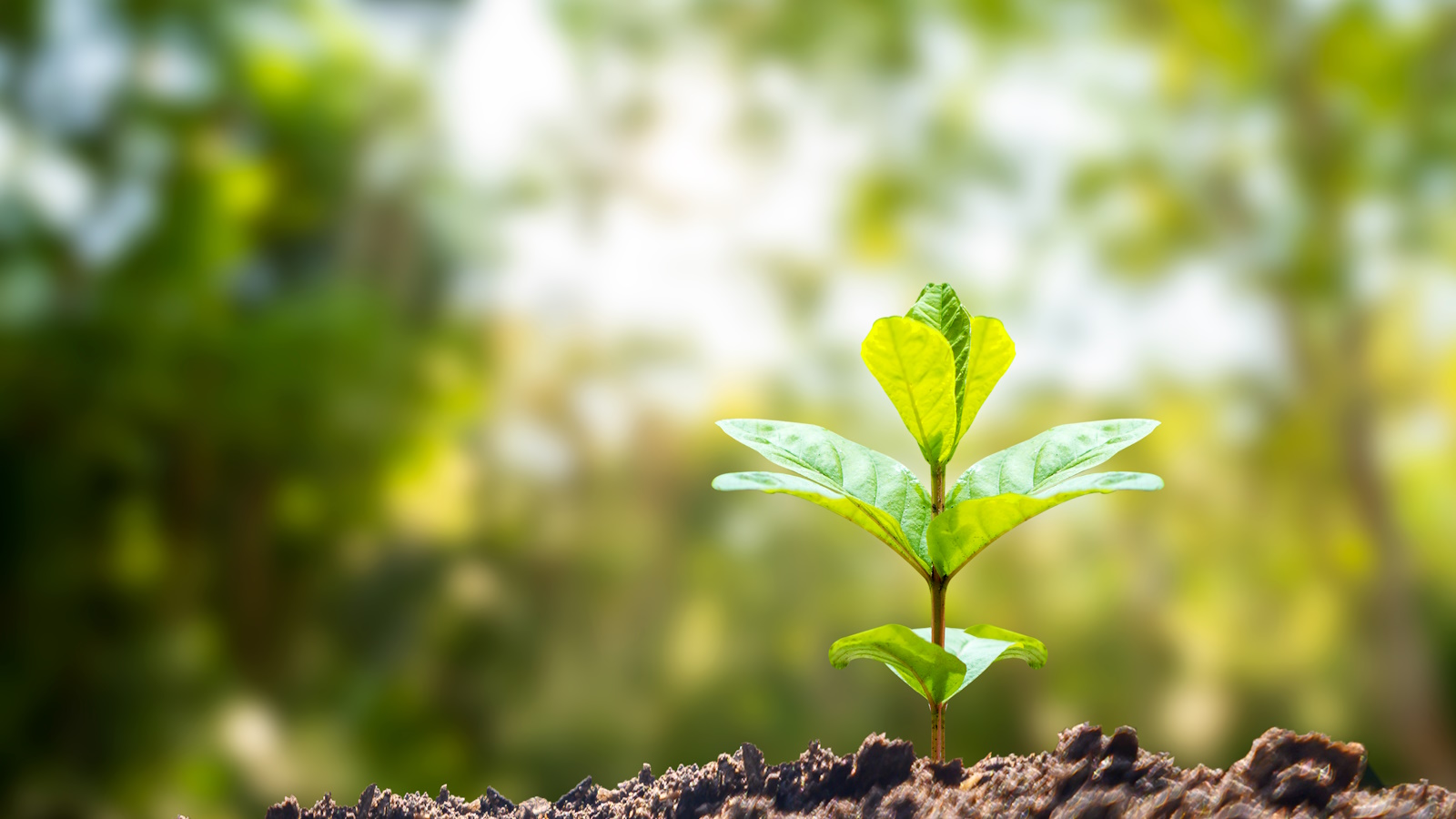
Knowing how to fertilize container plants can make a huge difference to the health and performance of your plants. Whether you are growing tasty homegrown crops, stately topiary or a spectacular seasonal floral display, plants in pots as part of your container gardening ideas need feeding at specific times of year, just as they do watering.
Potting compost contains nutrients, as well as a blend of organic materials such as bark and wood fibre, lime, green compost and, sometimes, peat. Designed to provide a fine growing medium for seedlings mature plants and crops, as well as aiding water retention and good drainage, it is the go-to choice for gardeners.
A key issue that many green fingered growers don’t realise is that these plant-boosting nutrients are exhausted within three to six weeks, due to the plant’s growing needs and through leaching out during rainfall or watering. If you're growing some of the best fall container plants, topping these levels up with fertilizer is a must. However, there are several different forms and types to choose from, each catering for different plant’s needs. We delve into how best to fertilize container plants so you can enjoy the healthiest results.
Know the different types of plant fertilizer
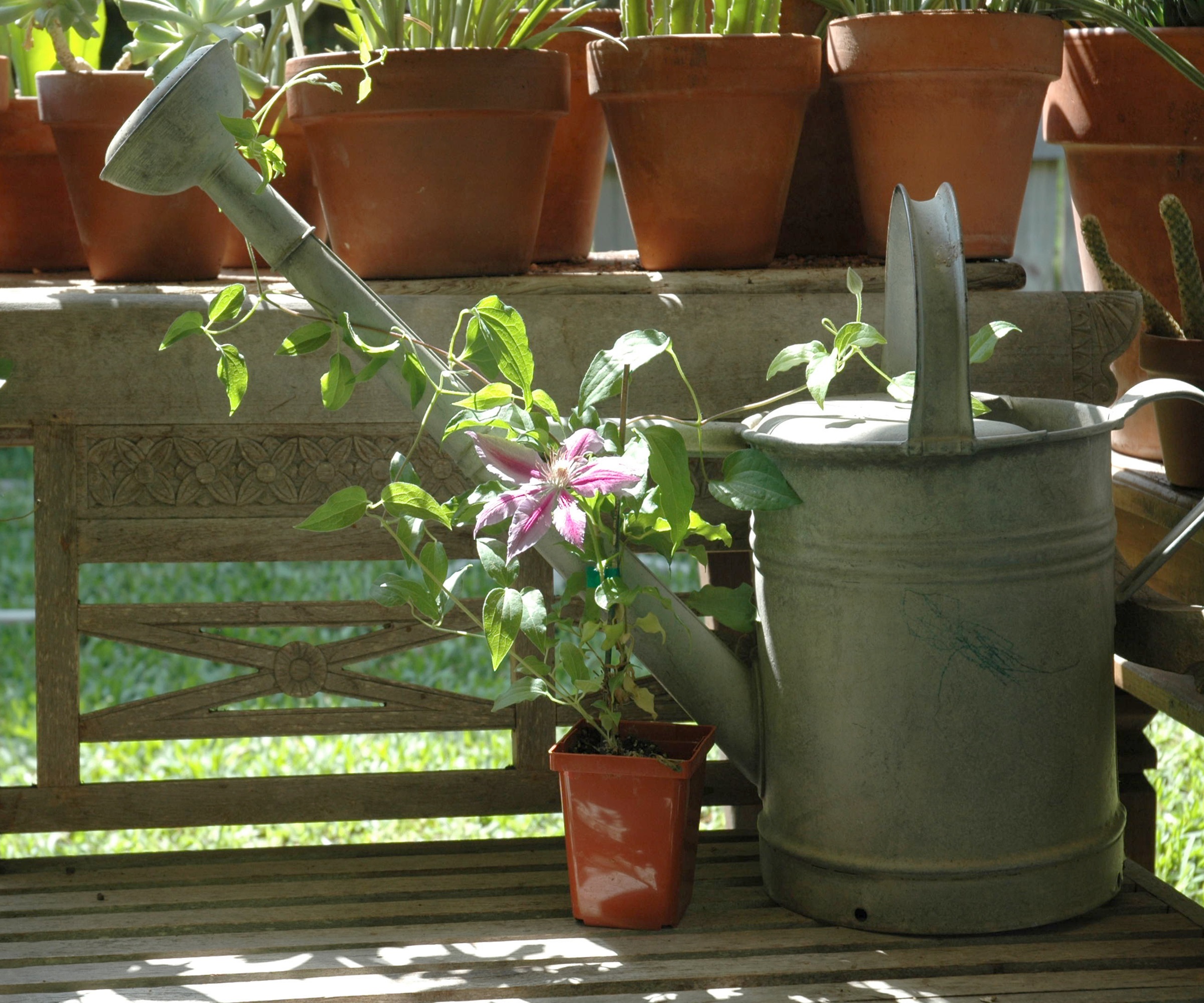
Fertilizers can be organic; derived from natural or once-living sources like blood, fish and bone or seaweed extract, or inorganic; where they are created in a laboratory or chemically tweaked and processed. Deciding on which type you use is very much personal choice, but the main differences revolve around how quickly and efficiently the plant can absorb the nutrients and the impact it has on soil health.
Generally inorganic or synthetic feeds have a faster impact than organic products but do very little to improve long term soil health, whereas organic feeds encourage the development of beneficial bacteria in the soil but take longer to work as a result.
All plant fertilizers are a mix of nitrogen (N), phosphorus (P) and potassium (K). Each has a different role in plant growth and health and understanding plant fertilizer numbers will help you select the right fertilizer for your container plant’s needs. A balanced, general feed will offer equal amounts of the three key elements plus other useful trace elements too.
Choosing the most appropriate form of fertilizer is important too. There are three types to select from:
Liquid or water-soluble fertilizer is added to a watering can and diluted according to the manufacturer’s instructions. Quick to do, easy to apply and mess free, it is the most popular form and can be used, in place of watering, once every two weeks.
Dry fertilizer is feed in a granular form. For container plants, choose an appropriate feed and scatter a small amount onto the exposed soil and water in.
Slow-release fertilizer - such as Knox slow-release plant fertilizer, available from Walmart - is a dry feed that has been specially formulated to release small amounts of nutrients over a pro-longed period of time - usually around three months. Mix this into the soil when potting or repotting your container plants or, alternatively, scatter a small amount to the soil’s surface, scratch into the soil using a hand fork before watering in.
How to fertilize container blooms
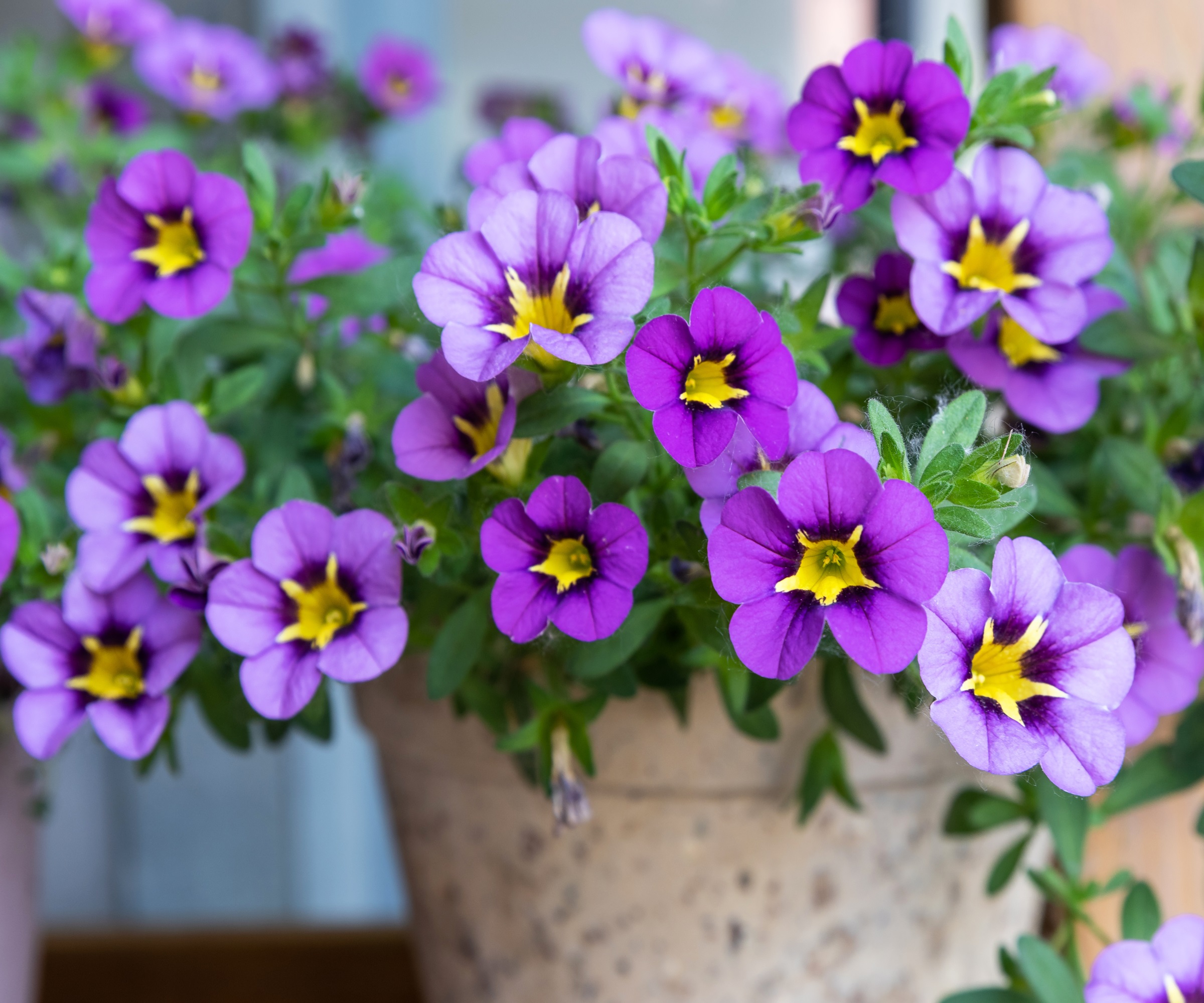
Balanced liquid feeds or those high in potassium such as Alaska fish emulsion fertilizer from Walmart - are the instant pick-me-up for flowering and fruiting plants. Promoting flower bud development, they are great option for annuals and short lived bedding plants. Dilute as instructed on the product packaging and apply every two weeks.
For perennial plants and long lived floral displays, incorporate a slow release granular feed into the soil to boost performance.
Amy Enfield, senior horticulturist at ScottsMiracle-Gro says: ‘Since flower roots cannot explore outside the soil in the container, incorporating slow-release fertilizers at the time of planting is a good way to make sure there is a steady supply of nutrients for your flowers.’
How to fertilize container bulbs
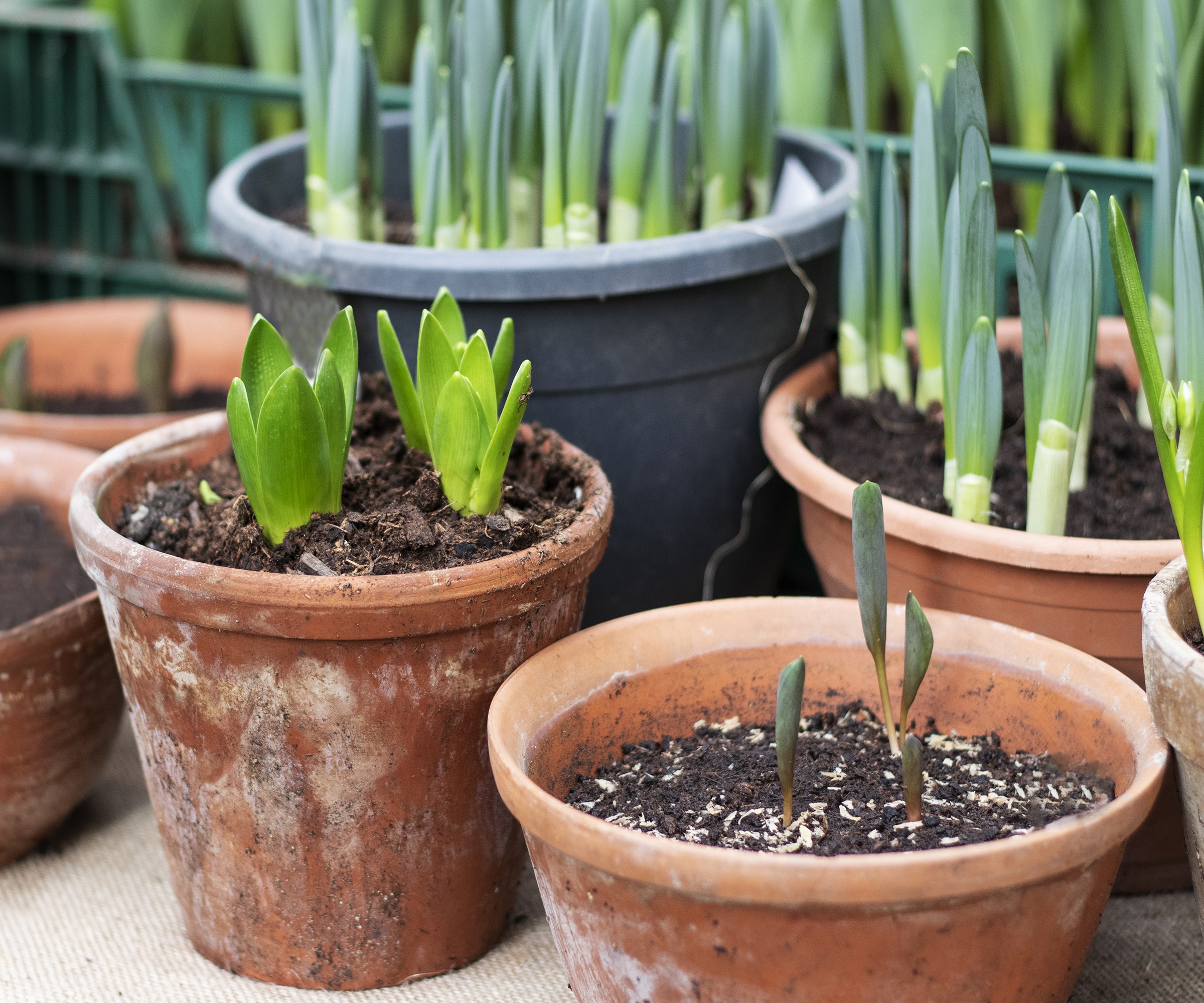
Whether you are planting spring flowering bulbs in fall or waiting for existing ones to reappear, flower bulbs excel at storing energy ready to flower again the following year. As long as the leaves have been left to die back naturally, their nutrients will be topped up and the plants raring to bloom again.
To help newly planted bulbs settle in and quickly put down roots, increase the amount of phosphorous in the surrounding soil. Adding a handful of high phosphorous granular feed, such as Down to Earth organic bone meal fertilizer from Walmart, to the hole before planting each bulb will do the trick but if you are using an inorganic feed take note. Many synthetic fertilizers can ‘burn’ the underside of a bulb, so adding an extra layer of soil on top of the granules can provide a handy barrier.
How to fertilize container-grown crops
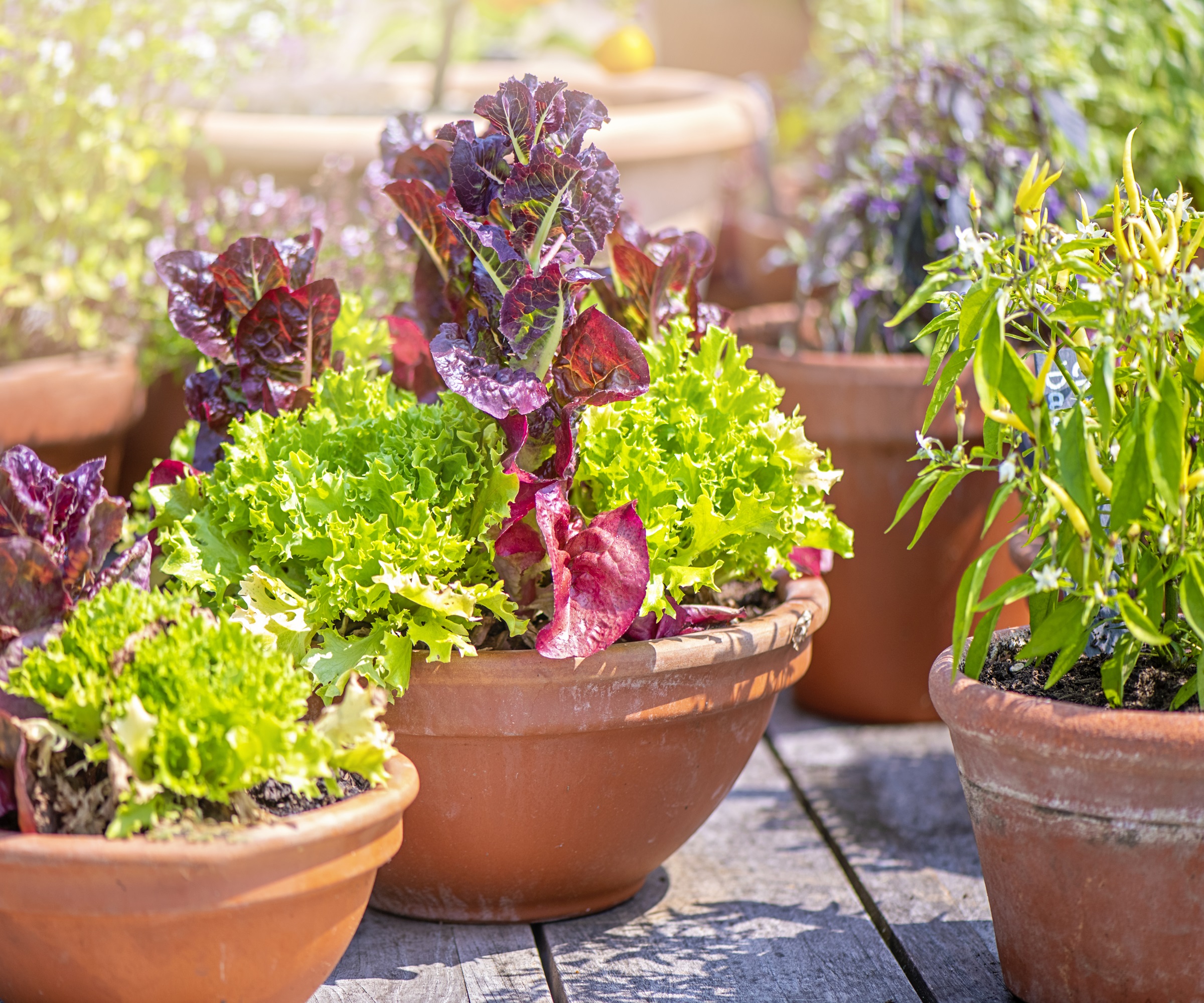
Growing container crops is a hungry business and whether you choose organic or inorganic fertilizers, once any seedlings have matured, regular feeding is highly beneficial. A high-nitrogen liquid feed will boost leaf growth so is best applied in spring and early summer. Stop using it from late June or early July onwards, as this can lead to soft growth that is prone to fungal disease and frost damage.
A fertilizer that's high in potassium - such as tomato feed - helps flowers and fruit to form. Apply from late spring to the end of summer (once the flowers have faded) for a plentiful and healthy crop.
How to fertilize container-planted trees and shrubs
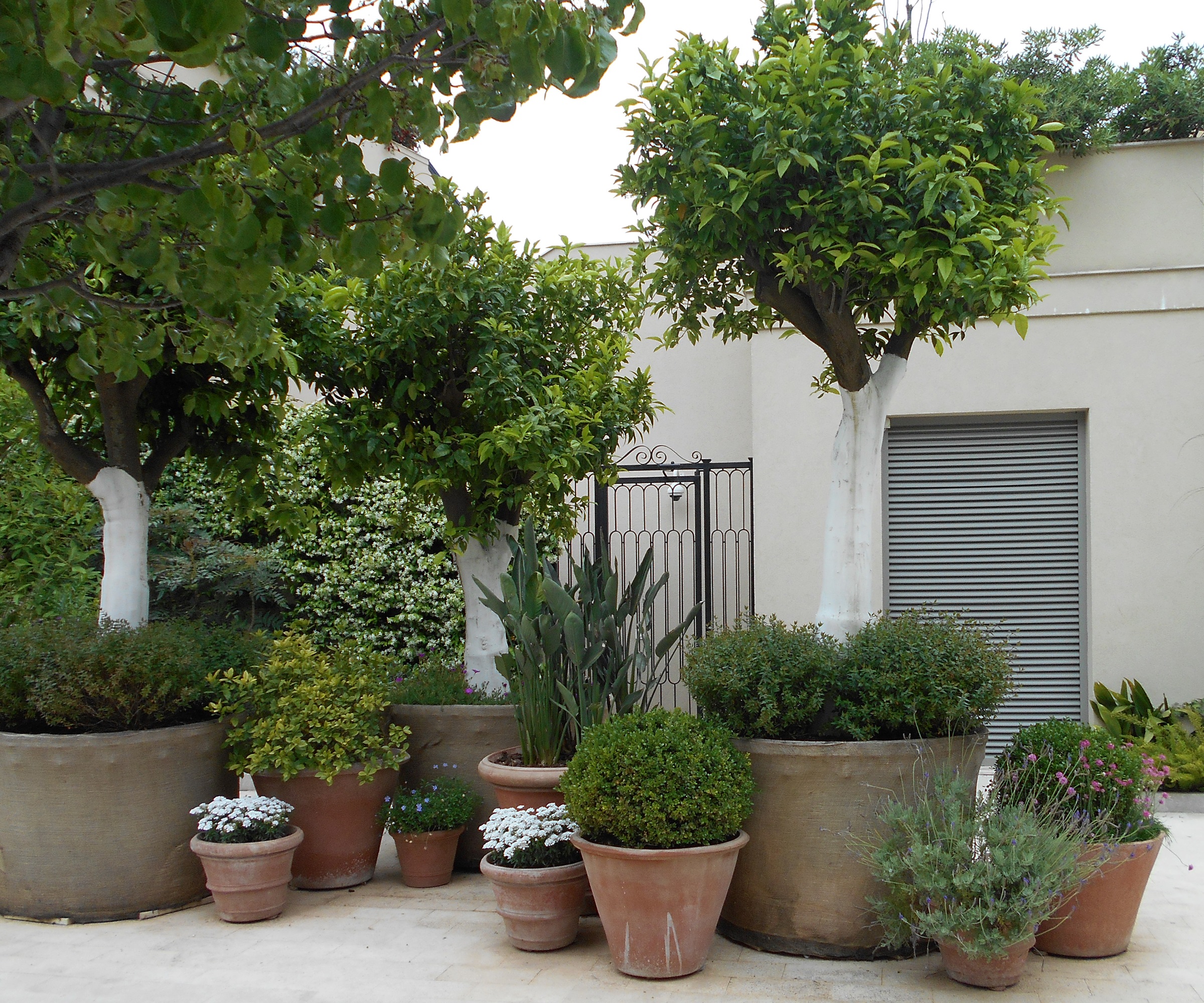
A key element of learning how to plant bare root trees in pots is to ensure they have easy access to the right amount of fertilizer. Check the potting compost that you are using to make sure it has some slow release fertilizer included. If it doesn't, add balanced slow release granules to the compost, mix well, before arranging the roots in the container. Follow the instructions on the feed to work out the quantity needed and feeding frequency.
‘It is essential that you water and feed container-grown fruit trees in spring and summer because dry trees will shed their blossom in a bid to stay alive,’ adds Clive Harris, founder of DIY Garden. ‘Check them daily and feed them once a week with a specialist fruit tree fertilizer.’
Some of the best trees to grow in a pot; lemon, limes and orange trees are all hungry feeders and, while they love a well drained soil, they do need a specific feeding regime.
'Citrus plants in particular need feeding only about three times a year and do best with a low nitrogen formula.,' explains plant expert Katie Sunderlage. 'The best times to fertilize are February, May and October. Using a slow release fertilizer with a 2-1-1 formulation is recommended for best results.'
What not to do when fertilizing container plants
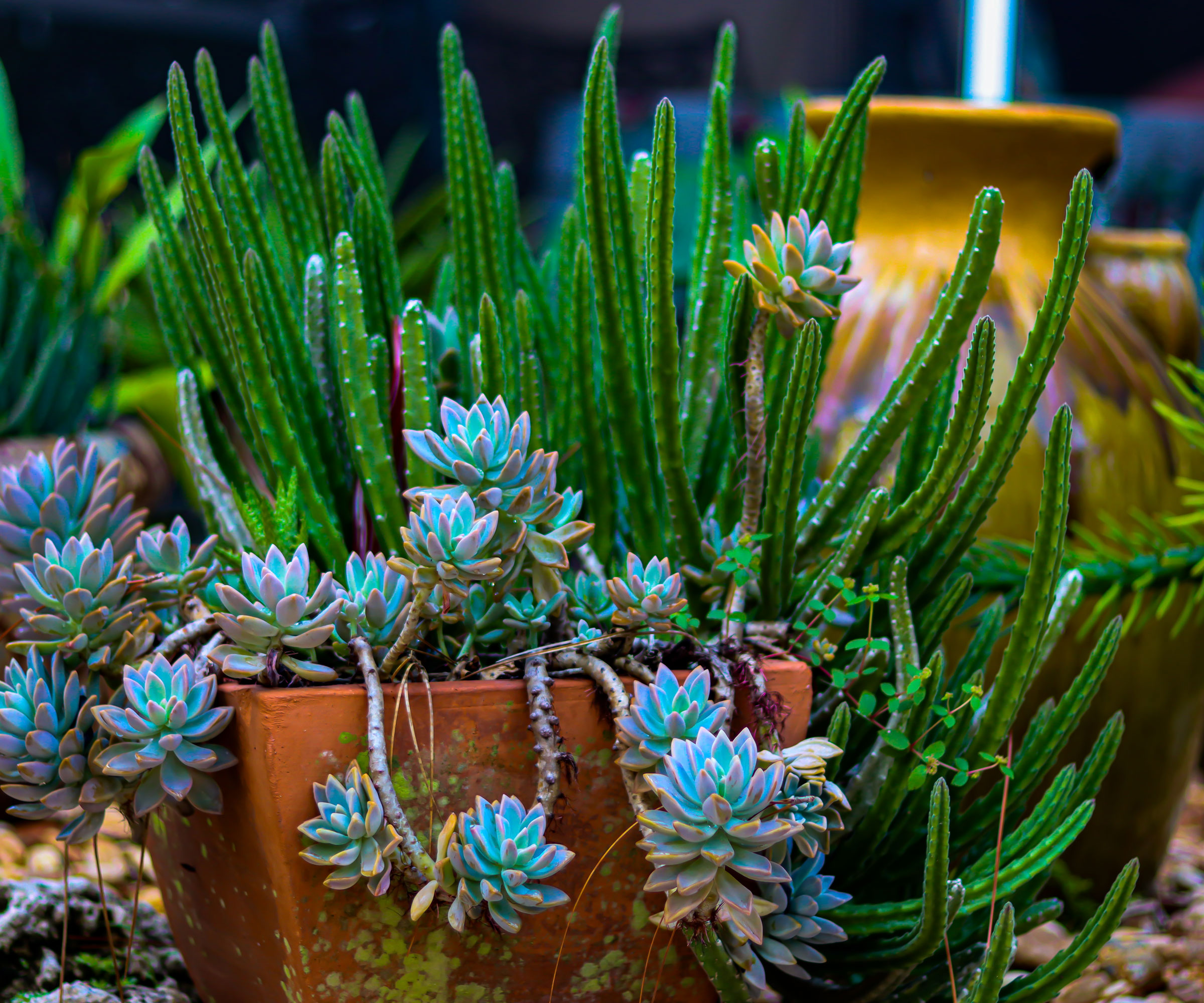
Some plants just don't like being fed, and these include succulents such as haworthia, aloes and jade plants. These plants naturally thrive in poor soils, and if given the right warmth and light levels they will thrive.
Carnivorous plants, including pitcher plants and Venus fly traps, receive all their nutrients from the insects they absorb. Hailing from boggy sites, most fertilizers will prove too harsh for the roots resulting in burning
Its also really important not to over-fertilize. 'There are many misconceptions that fertilizing more often will help plants become more healthy but this does the opposite,' says Katie Sunderlage. 'Too many nutrients can cause the roots to burn which in turn will in turn become detrimental to the health of the plant.'
Another must-know nugget of advice is to avoid fertilizing while plants are dormant. Katie explains, 'Plants need a rest period which is generally during the winter months for outdoor and indoor plants. Fertilizing while they are dormant will cause the plants to start growing new sprouts during the wrong time of the year. Letting the plants rest and naturally come out of dormancy and grow new shoots during the correct time of the year is recommended for all plants.'
FAQs
How do you know if a container plant needs fertilizing?
Houseplants will start to show signs of lack of nutrients if they are not fertilized properly. 'Signs to watch for are stunted or weak growth, muted color of the foliage, and leaves will also start turning yellow or purple,' says plant expert Katie Sunderlage.
'Flowering indoor plants will produce less flowers if there is a lack of nutrients, while outdoor container plants will show some of the same signs, such as yellowing or faded foliage and stunted or very slow growth.' Katie adds, 'Other indicators are drooping weak stems, scorched holes in the foliage and chlorosis of the foliage, which appears as light green leaves with very dark veins.'
Once you've mastered how to fertilize pot grown plants, why not expand your growing repertoire, and enjoy discovering the best container plants for pollinators. As we are headed into the cooler seasons, it's a good idea to plan ahead and find out how to protect container grown plants from winter weather.







